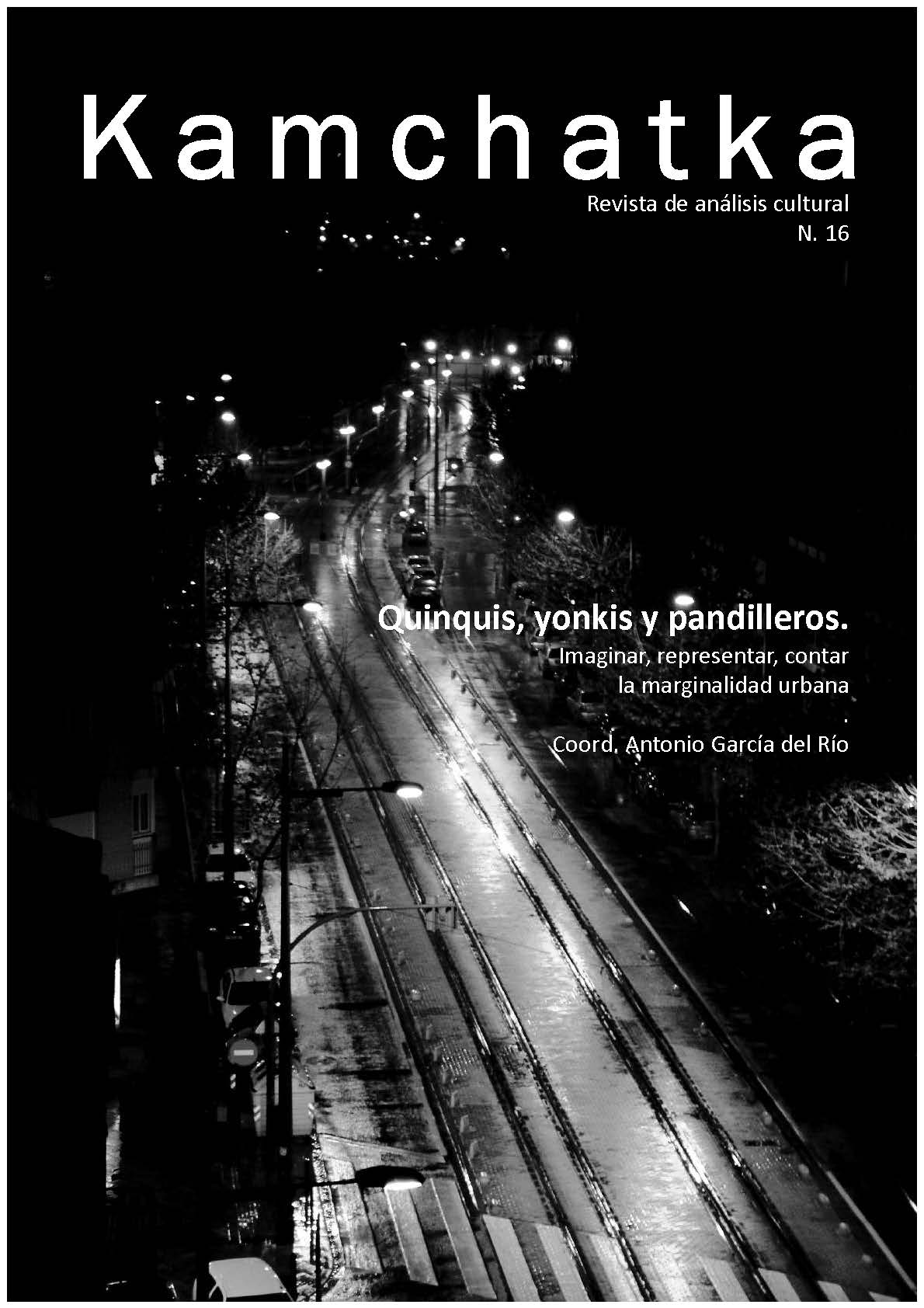Blankets for Memory of Chilean Dictatorship. Frazadas del Estadio Nacional by Jorge Montealegre
DOI:
https://doi.org/10.7203/KAM.16.17869Keywords:
Chilean Testimony, Cultural Memory, Third Person, Imagination, Blanket Abstract
Abstract
As Pía Montalva (2013) points out, the blankets are the artefacts that best represent political imprisonment and its ambiguities: on the one hand, they embody the basic functions of the technology of power in dictatorship: they take away speech and sight, immobilise the body, erase the individuality of the face and the countenance, isolate the individuals from their environment,. On the other hand, they contribute to restoring a certain normality in an exceptional situation such as that of confinement and allow the uncertainty of detention to be accepted.
In Jorge Montealegre's testimony (2003) about his forced stay in the National Stadium, written thirty years after the military coup, the blanket is a central symbol, a matrix image that accompanies the powerful figuration of the experience in the place of captivity.
This paper will analyze the dynamization of the image of the blanket, through three variations: 1. The blanket as an expression of violence 2. The blanket as an imaginative impulse 3. The blanket as a rest.
 Downloads
Downloads
 References
References
Butler, Judith (2009). Dar cuenta de sí mismo. Violencia ética y responsabilidad. Buenos Aires- Madrid: Amorrortu.
Calveiro, Pilar (2002). Desapariciones. Memoria y desmemoria de los campos de concentración argentinos. México: Taurus, La huella del otro.
Eltit, Diamela (2000). Emergencias. Escritos sobre literatura, arte y política. Santiago de Chile: Planeta.
Esposito, Roberto (2009). Tercera persona. Política de la vida y filosofía de lo impersonal. Buenos Aires-Madrid: Amorrortu.
Fischer, María Luisa. “Poéticas de la mirada en Frazadas del Estadio Nacional de Jorge Montealegre”. Confluenze 4, 2 (2012): 288-296.
Fornari, Emanuela (2011). Linee di confine. Filosofia e postcolonialismo. Torino: Bollati Boringhieri.
Foucault, Michel (1997). El pensamiento del afuera. Valencia: Pre-Textos.
Marchant, Patricio (2000). Escritura y temblor. Santiago de Chile: Cuarto Propio: 213-234.
Montalva, Pía (2013). Tejidos blandos. Indumentaria y Violencia política en Chile, 1973-1990. Santiago de Chile: Fondo de Cultura Económica.
Montealegre, Jorge (2003). Frazadas del estadio nacional. Santiago de Chile: LOM.
Montealegre, Jorge. “Cenizas de la memoria. Testimonio sobre censuras, autocensuras y desobediencia”. Revista Anales 6 (2014): 199-210.
Montealegre, Jorge (2011). Memorias eclipsadas. Duelo y resiliencia comunitaria en prisión política. Santiago de Chile: Ediciones Asterión.
Montealegre, Jorge (2018). Derecho a fuga. Una extraña felicidad compartida. Santiago de Chile: Asterión.
Pulcini, Elena (2013). “Contaminazione e vulnerabilità: il Sé nell’età globale”. Caporale Bizzini, Silvia, Richter Malabotta, Melita (eds.). Soggetti itineranti. Donne alla ricerca del Sè. Alboversorio: Milano.
Richard, Nelly (2005). “Con motivo del 11 de septiembre. La memoria obstinada (1996) de Patricio Guzmán”. Jelin, Elizabeth, Longoni, Ana (eds.). Escrituras, imágenes y escenarios ante la represión. Madrid: Siglo XXI:121-130.
Ricoeur, Paul (1999). La lectura del tiempo pasado. Memoria y olvido. Madrid: Arrecife.
Pizarro Cortés, Carolina y Santos-Herceg, José (2016). Revisitar la catástrofe. Prisión política en el Chile dictatorial. Santiago de Chile: Pehuén.
Scarabelli, Laura (2017). “La voce e il testimone”. Perassi, Emilia, Scarabelli, Laura (eds.). Letteratura di testimonianza in America latina. Milano: Mimesis: 387-392.
Wunenburger, Jean Jacques (2007). La vida de las imágenes. Buenos Aires: Jorge Baudino.
Downloads
Published
How to Cite
-
Abstract680
-
Artículo PDF (Español)395
Issue
Section
License
This journal provides an immediate free access to the content on the principle that freely make investigation available to the public, which promotes an increased global knowledge exchange.
Unless otherwise indicated, texts published in this journal are under the license Attribution-NonComercial 4.0 by Creative Commons. These texts may be copied, distributed and publicly communicated whenever the publication’s author and title are quoted and whenever they are not used for commercial purposes. In any case, intellectual property of the articles and its potential economic rights entirely belong to its authors.
The full license can be consulted on https://creativecommons.org/licenses/by-nc/4.0/. We encourage authors to disseminate papers published in Kamchatka. Journal of cultural analysis electronically, in institutional digital repository or in their websites.





